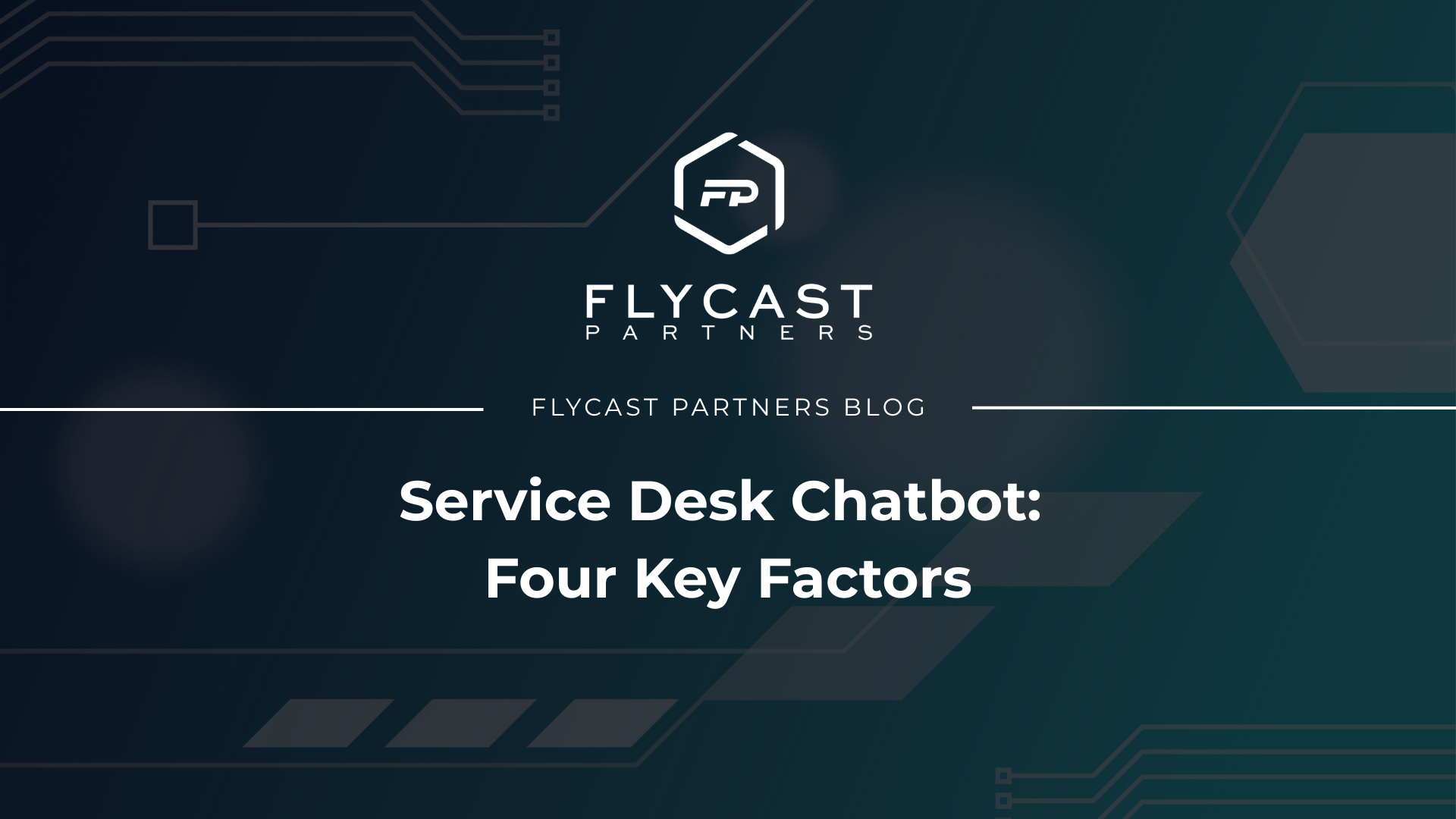Service Desk Chatbot: Four Key Factors
Why Is a Service Desk Chatbot Important?
When resources are spread thin, managing support volume can be stressful. To alleviate the challenges of resource shortages, many organizations have turned to service desk chatbots as a way to serve as a customer service resource in the place of live agents. In this instance, it reduces wait times and the number of tickets while delivering secure, personalized, and real-time assistance.
Before Building a Chatbot, What Should Organizations Consider?
Even during offline hours, organizations can implement and rely on chatbots to execute common incoming queries, support activities, and service requests. But before building a service desk chatbot, what should organizations consider? Ultimately, to have a successful chatbot roll out and improve the customer experience, organizations must analyze their user base and plan strategically.
Read: What Is a Chabot? Everything You Need to Know.
What Will the Service Desk Chatbot Cover?
Whether building a service desk chatbot that is transactional or conversational, IT teams and stakeholders need to make firm decisions about the scope of what the chatbot will execute. In addition, will it communicate with other enterprise systems beyond traditional IT support? Will it extend into different organizational departments like HR, facilities, legal, procurement, events, finance, security, and travel?
Knowledge Management
After identifying the most requested support activities, organizations can begin to manage the most valuable FAQs, knowledge bases, and solution articles in the conversational interface. This allows the service desk chatbot to quickly find answers to questions and have those answers readily available, decreasing queue times and increasing end-user satisfaction.
Service Catalog
The service catalog must be accurate, up to date, and configured in a logical and concise way to ensure the chatbot does not have additional questions for the user’s request. Additionally, to address service requests securely and efficiently, organizations need to determine which catalog items are going to be available immediately to the end-user. In this way, organizations can provide end-users with the right resources at the right time for a seamless experience without requiring assistance from support staff.
Develop a Process for Continual Improvement
To ensure you start off with an effective plan, it is essential to have a dynamic process to identify and implement continual improvement functionality. Organizations must monitor user queries overtime to absorb how the articles are being used. When building a service desk chatbot, this can help decide which information is helpful and which is not. After all, clarity is imperative, so reviewing and refining the organizational plan is necessary. Continually analyzing the wording and phrasing of questions and responses within the live chat allows the organization to confirm if users are finding the right information on their first attempt, leading to reduced resolution times. Moreover, viewing the most common issues can assist organizations in understanding the most frequent requests and customer support activities, allowing IT support and stakeholders to develop products and services more aligned with user needs as well as remaining current with organizational priorities. This dynamic approach to organizational maturity provides all parties the ability to reduce workloads, increase customer satisfaction, and to deviate from the traditional push mentality normally associated with legacy IT.
Contact Flycast Partners to learn more about integrating advanced AI technology like service desk chatbots and Knowledge Management into your IT Service Management platform.


